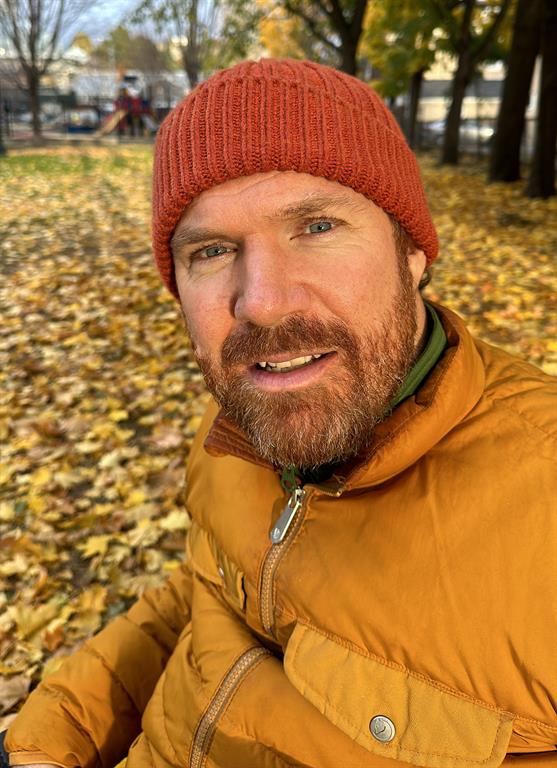Leadership Award

By Patchen Barss
Nearly 14 years ago, Luke Anderson found unexpected success bridging one type of barrier. His commitment to overcoming others is stronger than ever.
In 2011, Anderson and a collective of fellow advocates built and placed 13 brightly painted wooden ramps at entrances to businesses in Toronto’s Junction neighbourhood. This was the start of the StopGap initiative, designed to: remove access barriers for people who use mobility devices, raise awareness about the importance of accessibility, and highlight our human right to equal access.
“At the time the first ramp hit the ground, we were thinking it was going to be a one-and-done type of project,” he says. “I thought we would accomplish all our awareness-raising goals and create the change we wanted to see. I had no idea we had started a movement.”
Anderson has expanded StopGap into a registered charity that has installed more than 2,500 ramps at locations all over Canada, greatly increasing access to services and businesses, like stores, coffee shops, and restaurants.
As the name implies, StopGap ramps were always meant as an interim solution. Anderson, an engineer and social entrepreneur, now works with property developers and policy makers to ensure accessibility is prioritized from the start—instead of needing to do costly renovations later. He hopes one day there won’t be a need for a StopGap ramp.
In addition to his work with commercial spaces, he also advocates for more accessible housing design, aimed at giving people with disabilities more autonomy, choice, spontaneity, independence, and freedom. Currently, many people with disabilities experience challenges finding homes that meet their financial and access needs. One recent study estimated around 95% of homes are not fully visitable for people with physical disabilities.
Anderson has helped bring developers and accessibility advocates together to grow awareness of how designing for accessibility from the start makes a major difference to people’s choices and quality of life. He has been instrumental in promoting the increased supply of accessible homes for people all over Canada.
The work is far from complete, but Anderson has started to see the change he works toward.
“We have been successful not only in removing barriers through placing now thousands of ramps in communities all over Canada, but we've also moved the needle in terms of our broader understanding about why accessibility is important,” he says. “The ramps not only remove a barrier, but they also form a literal and figurative platform for meaningful conversations to happen.”